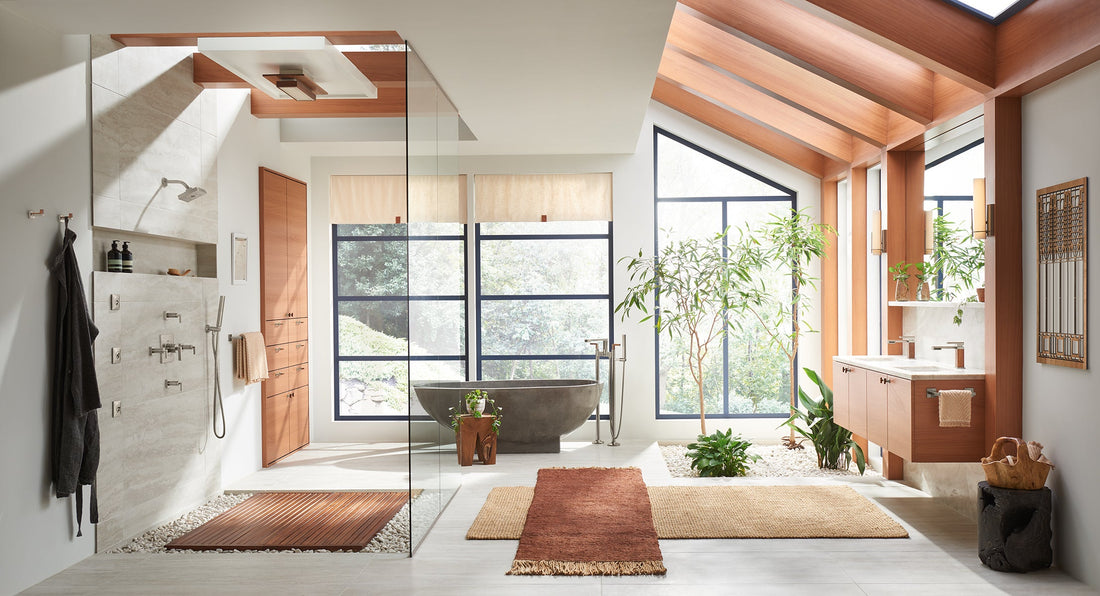There are so many designs that you can pick from for your home décor. Homeowners’ interior designs can show the charm and personality of the homeowner. You can make a statement in your home with colors, design, décor, and technology. As 2025 comes near, there are several significant interior design trends are evolving that reflect bigger cultural moves and technological advancements. Here’s an overview of what to expect in home décor.
Artisanal and Handcrafted Décor

As factory-made becomes less appealing, there’s a growing appreciation for artisanal and handcrafted décor. Unique, one-of-a-kind pieces not only add character to interiors but also support local artisans and sustainable business practices. Look for handmade ceramics, bespoke furniture, and custom textiles as key components of stylish homes.
Bold Colors

The trend of muted tones is making way for a revival of bold colors. In 2025, we will be seeing more vibrant hues like deep blues, emerald greens, and rich reds dominating spaces. These colors not only inject personality into rooms but also foster a sense of warmth and comfort.
Biophilic Design

The connection between nature and design continues to deepen with biophilic design principles. Integrating natural elements, such as indoor plants, natural light, and materials like wood and stone, helps create spaces that promote well-being. This approach is about enriching our relationship with nature, leading to healthier and more soothing atmospheres.
Multifunctional Spaces

With the growing need for flexibility in our living areas, multifunctional spaces are becoming a staple in 2025 homes. Designers are creating adaptable areas that can serve various functions, such as home offices that can seamlessly transform into guest rooms or living areas that also include storage solutions. This trend is particularly relevant in urban and apartment settings where space is limited.
Sustainable Materials

Sustainability continues to be a driving force in interior design and home construction. Consumers are becoming increasingly aware of the environmental impact of their choices. This is leading homeowners to prefer sustainable materials. You can expect to see more eco-friendly options, such as reclaimed wood, recycled metals, recycled glass, and organic fabrics, being used throughout homes.
Blending Vintage and Modern Styles

The combination of vintage and modern design is gaining consumer attention. Homeowners are embracing eclectic aesthetics, mixing contemporary furnishings with retro pieces to create unique spaces that show their style. This trend highlights individuality and creativity, as each room becomes a curated experience.
Technology Integration

Technology is no longer just an afterthought in interior design, it's integral to the modern home. Smart features, such as adaptive lighting, automated temperature controls, and advanced security systems, are becoming standard. These innovations enhance convenience and efficiency while allowing for personalized living experiences.
Wellness-Oriented Interiors

Finally, the focus on wellness in interior design is stronger than ever. Choices in layout and furnishings prioritize tranquility and mental health, incorporating elements such as open spaces, natural light, and calming color palettes. The inclusion of dedicated wellness areas, like yoga nooks or meditation rooms, is also on the rise, reflecting a broader commitment to holistic living.
In conclusion, the interior design landscape in 2025 is set to be vibrant, sustainable, and incredibly adaptive. As homeowners seek to create spaces that reflect their values and lifestyles, these trends will undoubtedly shape the future of home décor.
